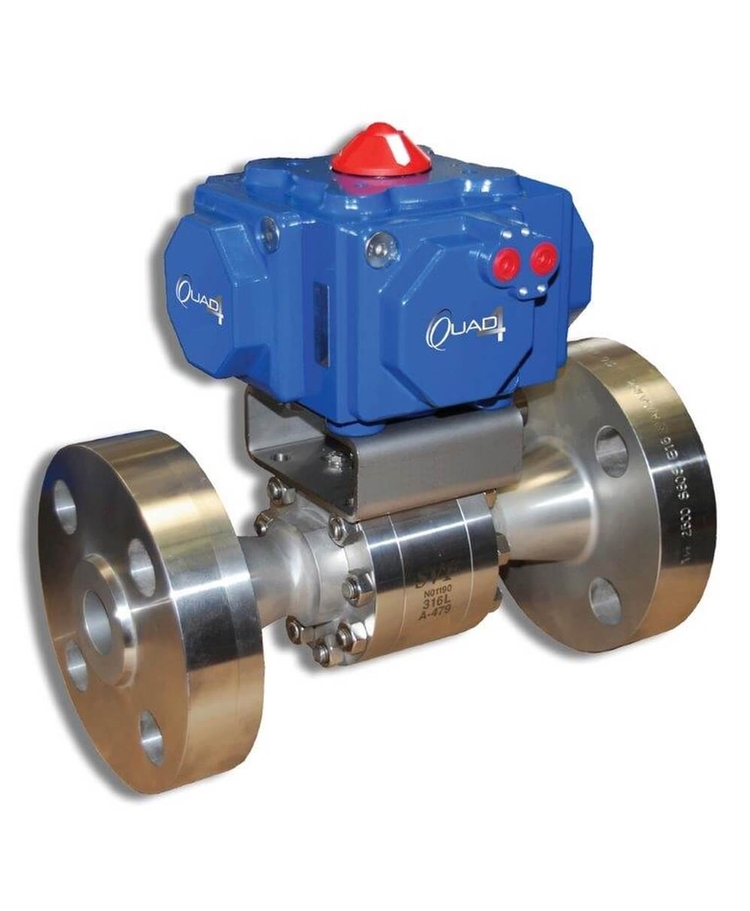In the world of automated systems and control technologies, pneumatic actuators play a vital role in operating machinery and processes. Such devices utilize compressed air to produce mechanical movement, making them efficient for multiple applications. One of the significant features that enhances the flexibility and safety of pneumatic actuators is the manual override capability. air actuator and handwheel allows operators to take action manually in case of emergencies or system failures, ensuring that critical operations can continue without interruption.
Grasping pneumatic actuators with manual override is essential for sectors that rely on precise control and automation. By incorporating a manual override, operators gain an extra layer of control, enabling them to quickly respond to unforeseen circumstances. Whether in manufacturing, robotics, or operations in dangerous settings, this two-in-one capability guarantees both performance and safety, highlighting the importance of these innovative devices in modern engineering and industrial applications.
Overview of Air Cylinders
Pneumatic cylinders are electromechanical devices that transform compressed air into motion. They are widely used in industrial applications to mechanize processes such as the operation of gates, actuators, and other machinery. By leveraging the force derived from compressed air, these cylinders provide a reliable means of performing linear or rotary motion with efficiency and accuracy. Their function in various systems, including production, food processing, and aerospace, makes them essential to modern automation.
The functioning of a pneumatic cylinder typically includes the use of an air supply linked to a cylinder. As compressed air fills the cylinder, it pushes against a piston, generating force that drives the actuator's output shaft or rod. Based on the design, this motion can be linear, allowing straightforward push or pull actions, or rotary, applying torque to drive devices. The simplicity of their design and the relatively low cost of pneumatic components contribute to their widespread use.
What distinguishes pneumatic actuators with manual override apart is the ability to by hand control the actuator in case of machine malfunction or emergency situations. This feature ensures that operators can maintain control, permitting for safe functioning even when the automated system faces challenges. The fusion of automatic functions and manual capability enhances the versatility and reliability of pneumatic cylinders in critical applications, ensuring that processes can persist smoothly under varying conditions.
Value of Manual Override
The manual control of pneumatic actuators is crucial for ensuring operational adaptability and safety in multiple applications. In cases where automated systems may fail or become nonresponsive due to power loss or mechanical issues, having a manual option allows operators to restore control quickly. This ability to intervene by hand is crucial in upholding the flow of procedures, especially in environments where urgent operations are essential.
Another notable aspect of manual override is the improvement of safety procedures. In hazardous environments, such as chemical facilities, automatic systems can introduce hazards if they malfunction. The manual override serves as a safeguard, enabling personnel to terminate operations or adjust settings without being limited by automation. This feature not just protect equipment but also ensures the safety of workers by allowing them to take immediate action in emergencies.
Finally, manual override contributes to the ease of maintenance and troubleshooting. When servicing pneumatic actuators, technicians can employ the manual control feature to check and diagnose issues without having to wait for the entire system to be functional. This efficiency can lead to minimized downtime and faster recovery from any failures. Overall, the inclusion of manual overrides into pneumatic actuators enhances their reliability and user confidence in automated systems.
Uses and Scenarios

Pneumatic actuators with manual override are commonly used in multiple settings where both automatic control and hands-on operation are essential. One key use is in the production industry, where these actuators enable tasks such as moving materials and assembly tasks. In situations where equipment may need to be stopped or adjusted quickly, the manual override feature allows technicians to intervene and make quick adjustments, ensuring smooth operations and security.
Another significant application is found in the automotive industry, particularly in production lines where precise movements are crucial. Pneumatic actuators aid in processes like gripping, positioning, and raising components. The manual override provides mechanics with the ability to override automatic controls during service or diagnostic efforts, allowing for smooth operations without compromising safety protocols.
Additionally, pneumatic actuators with manual override are often utilized in water treatment facilities and heating, ventilation, and air conditioning systems. In these settings, they play a essential role in managing controls and airflow controls. The manual override feature is essential during emergencies or repair work, enabling workers to manually control processes when automated systems malfunction or require modifications, ultimately ensuring the continued functionality of critical systems.
